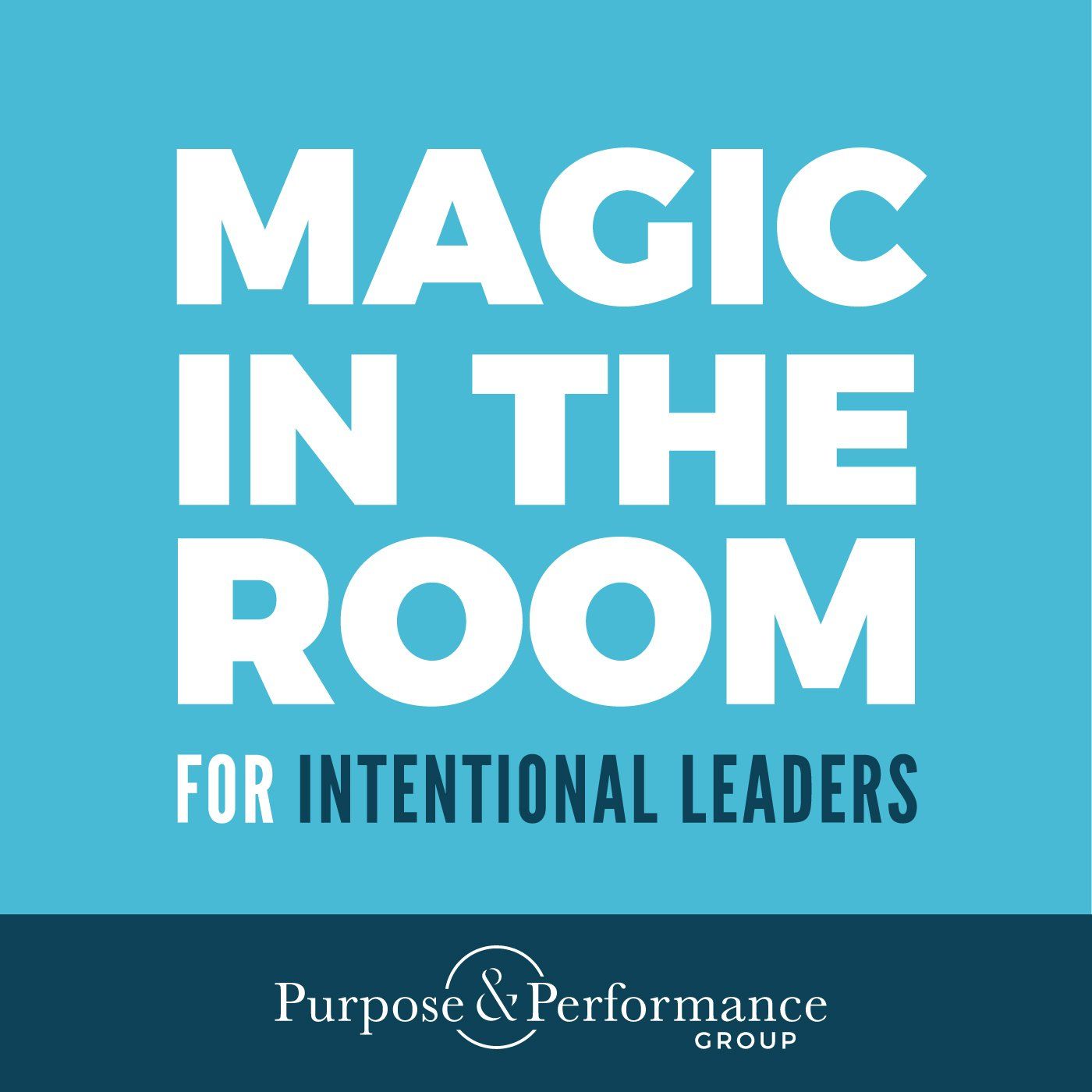MANAGE Your Book of Business
So, you’ve closed a sale. Now, what?
Well, this is when the real work of managing the business begins. Whether you are an entrepreneur or you represent a company as a B2B sales rep, the reality is that every salesperson must think like a business owner. The reverse is true as well: every business owner must think like a salesperson. At the end of the day, you are responsible for a book of business, for sales and revenue targets that impact your company’s bottom line, your personal paycheck, and the livelihood of all employees of your company. That is a lot of responsibility.
In this article, you will get ideas for how to:
- Map to the buyer’s journey
- Manage your sales funnel
- Treat sales as a team sport
The Multiplier Sale© Step 7: MANAGE
Managing the expectations, emotions, relationships, accounts – not to mention time – involved in sales and revenue growth can leave anyone feeling overwhelmed, stressed and anxious. This is where having a process, then following and trusting that process becomes vital.
Owning the process is critical to sales success.
In this article, we will talk about two processes that are critical to managing your business effectively: the buyer’s journey, and funnel management. We will also talk about the value of making sales a team sport. After all, we humans are social animals wired for collaboration and cooperation. When we hunt in packs, we eat better.
Own the Process
Once the deal is closed, the real work of managing the business begins. We get to start the sales cycle over again – prioritizing, connecting, engaging, solving, offering, and delivering value. Ongoing customer relationship building, service reviews, monitoring customer satisfaction, and the day-to-day account management are all part of the job, and all of it while continuing to prospect for new business, shepherding new clients through the sales funnel and keeping multiple balls in the air without dropping any of the fragile ones.
Every salesperson has to think like a business owner. Every business owner has to think like a salesperson.
Consider some of these areas from multiple perspectives (yourself, your customers, your boss, your coworkers):
- Managing expectations
- Managing emotions
- Managing relationships
- Managing accounts
- Managing time
In sales, there are a lot of dynamics to manage, and some of them you have more control over than others. Often, it can feel like so many things are coming at you all at once, it can be quite overwhelming. Recognizing and actively managing some of these processes will make a big impact on your overall results.
Sales is about more than just the short-term gain of closing a single deal. It is about strategically managing your business for long-term success.
How will you make a difference in the long term?
Mirror The Buyer’s Journey
“The buyer’s journey is the active research process a buyer goes through leading up to a purchase.” ( HubSpot )
Even though sales and marketing are distinctly different disciplines, they are closely related and should be well integrated in a company. For sales purposes, it is important to understand the marketing concept of “the buyer’s journey” and the three stages of awareness, consideration, and decision.
In order to sell effectively, it is critical that as a salesperson you understand how people buy and are able to put yourself into your buyer’s shoes. The selling process should mirror the buying process.
Selling should mirror buying!
Keeping this in mind, we can correlate the buyer’s journey with the sales funnel. The awareness stage of the buyer’s journey relates to the top of the sales funnel. The buyer’s consideration stage happens in the middle of the funnel, and the stage when a buyer makes a final decision is the bottom of the sales funnel.
To make sure your sales funnel is closely aligned with the buyer’s journey, ask yourself the following questions:
Stage 1: Awareness (Top of Funnel)
How do your buyers gain awareness of your business and the products or services you provide?
Stage 2 : Consideration (Middle of Funnel)
How can you help your buyer make an informed decision while considering their options?
Stage 3: Decision (Bottom of Funnel)
When and how do you ask your buyer for their business?
Manage Your Funnel
A sales funnel is essentially a visual representation of how a potential buyer moves through the stages of the sale. The wide top of the funnel indicates how the process starts by casting a wide net and narrows down the pool of leads as you prioritize the types of buyers you want to pursue, connect with decision makers, engage them, customize solutions to their problems, present a compelling offer, and deliver results.
The Multiplier Sale© Funnel
Over the course of this series of articles , we have worked our way through each stage of the sales cycle, using The Multiplier Sale© framework. Putting this process into a funnel view, it would look something like this, as each of the first six stages in the framework roughly represents a stage in the sales cycle.
Put it Together
The Buyer’s Journey through the Sales Funnel
As we consider the buyer’s journey, and how each buyer moves through the stages of that journey, we can clearly see how our sales funnel mirrors this process:
As we prioritize and connect with our target audience, they gain awareness of our company, our brand, or our products and services. As we engage with them and help to solve their business challenges, they begin to consider us as a viable option. When we present an offer, they make a decision to buy, and the kind of service we deliver at that point, plays a big role in their decision to continue buying from us.
Treat Sales as a Team Sport
There is so much that goes into human decision-making. Salespeople who understand the human brain and how human interaction influences almost everything we do will have an advantage when it comes to managing all the interpersonal dynamics involved in sales. The “salesperson of the future” has to compete with AI for most of the simple transactional sales, leaving the more complex selling that is highly sensitive to human dynamics for the most skilled, well-trained, and handsomely compensated sales pros. Those who can master the complex sale are masters of their own destiny and coveted by companies – even in the digital economy.
Salespeople who understand the human brain have an advantage.
Recognizing how the human brain is “wired” for social connection is essential as we consider the importance of understanding other humans. In the sales context, this is especially significant when it comes to communicating with and persuading existing and potential customers, as well as peers and leaders within our organization.
The Social Brain
Most salespeople tend to be “people people,” and don’t need much encouragement to be social. But we may not be aware of just how much power the brain allocates to social information processing. Research shows that our “default mode” when the brain isn’t occupied with other tasks, is to process social information. A big part of the human brain volume is dedicated to this purpose – essentially, our brains were created for social interactions and evolved for collaboration.
Sales is often perceived as an individualistic pursuit. In most sales organizations, each person is responsible for meeting their own targets, whether on an individual or an organization-wide level. And yet, at the end of the month, individual sales goals all roll up to a team goal. Regardless of how many layers an organization has, each individual sales contributor plays a role in growing the company’s bottom line.
Externally, your company may compete with other companies for market share. Internally, however, there should be a clear sense of pulling together as a team to meet company revenue goals. The human brain has evolved for cooperation. Although some friendly competition internally can help boost sales in the short term, collaboration and cooperation between sales team members and other parts of the organization will help the company boost its revenues in the long term.
When we hunt in packs, we eat better.
Resources
Further Reading – if you would like to dig deeper, consider these books:
- High Performance Habits: How Extraordinary People Become That Way by Brendon Burchard
- The 7 Habits of Highly Effective People: Powerful Lessons in Personal Change by Stephen R. Covey
- Extreme Ownership: How U.S. Navy SEALs Lead and Win by Jocko Willink and Leif Babin
This article was originally published on 5/11/20 at https://multipliersale.com/blog/
The post MANAGE Your Book of Business appeared first on Purpose and Performance Group.





